It’s been thirty years since the third part of the classic Godfather trilogy hit the silver screen. That’s nearly twice as long as the sixteen-year gap between Godfather II and III (the break between Godfathers I and II was only two years). It is with much enthusiasm and fanfare that Francis Ford Coppola is re-releasing a completely re-mastered and even moderately tweaked version of the story this week. Renamed Mario Puzo’s, The Godfather Coda: The Death of Michael Corleone, this remastered version hits theaters and streaming sites this week; and as is becoming more common, OWC had an opportunity to play a key role in the completion of this film. The hero of this particular filmmaker story was the Accelsior 4M2.
Why restore Godfather III
You may be wondering, “Why restore and even re-cut a 30-year-old movie?” James Mockoski, film archivist and restoration supervisor for Coppola’s production company American Zoetrope, gives us some insight into that. “Francis believes that a film is not locked in, but is malleable and can evolve with the times,” Mockoski told OWC filmmakers in the creation of a behind-the-scenes mini-doc about the restoration process.
“So in the thirty years since the film’s original release, he was thinking perhaps it could be retold in a different way. It’s not a dramatically different retelling of the story. It’s a dramatic re-arrangement. It’s a complete restoration of the original. But it’s also re-cut and “modernized.”
Mockoski has a job that must be the envy of any die-hard cinephile or film lover. Coppola is one of the few directors who actually owns the original prints of his films. So Mockoski has the job of maintaining a few “little” titles you may have heard of—Apocalypse Now, The Conversation, and The Outsiders, just to name a few.
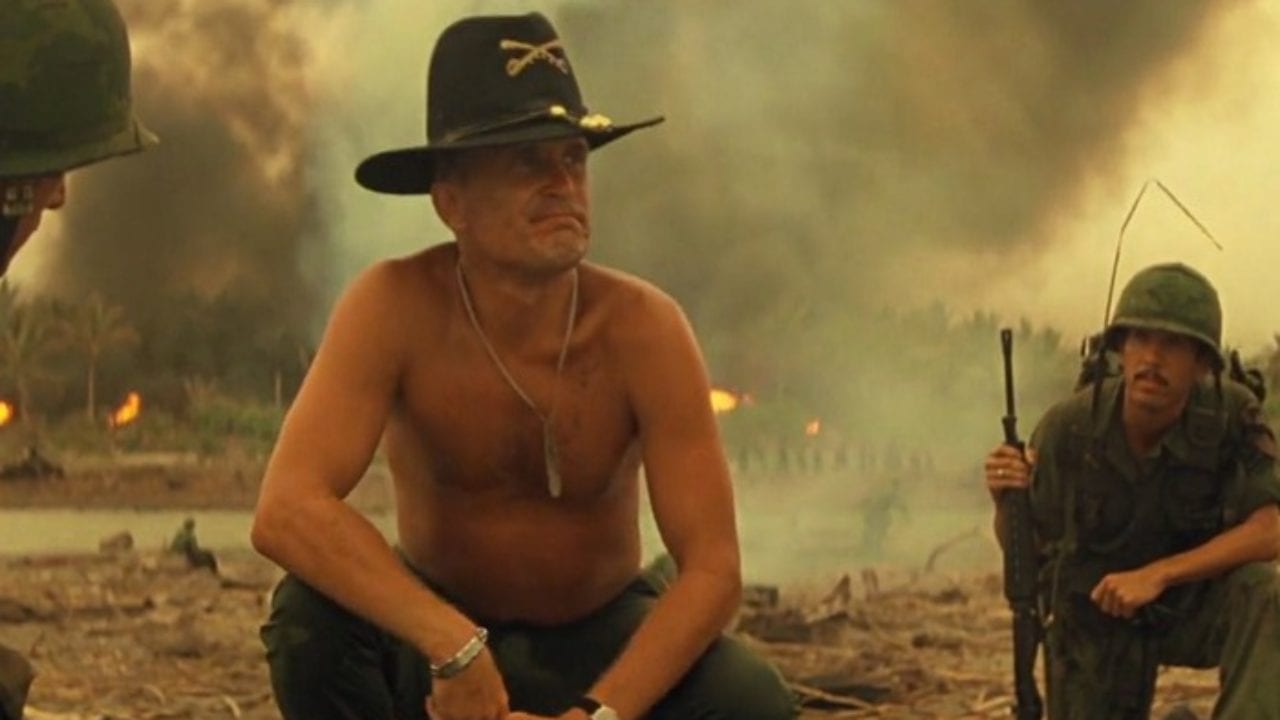
Apocalypse Now © United Artists
Film Archiving
As a film archivist, it’s Mockoski’s job to ensure films are preserved in proper vaults, cared for, and restored to what they originally looked liked. Every 10-15 years or so, a new technology comes along that allows him to make the films in his care even more pristine.
There are typically three aspects of film he and his team correct or fix. Dust and dirt, scratches, and stabilization issues. Ironically, there is a certain amount of nostalgia that comes with these imperfections. There’s a reason some software companies actually sell and make tons of money on NLE filters that actually add film imperfections. But as long-time Coppola editor and post-house supervisor Robert Schafer shared, “Filmmakers don’t shoot on film to show you all the scratches and crackles along the way. It’s all about the story. You want to be comfortable and not think about the medium it was shot on. It’s all about making it as the director would want it conveyed to the audience.”
Mockoski added to this sentiment. “As a film archivist, I have to make sure that when we restore a film that we pay respect to the original film and not doing anything that’s cheap or gimmicky. A lot of film fanatics appreciate a film’s rugged look. But we must find a balance and try to make sure our films do find a modern audience.”
Technological challenges
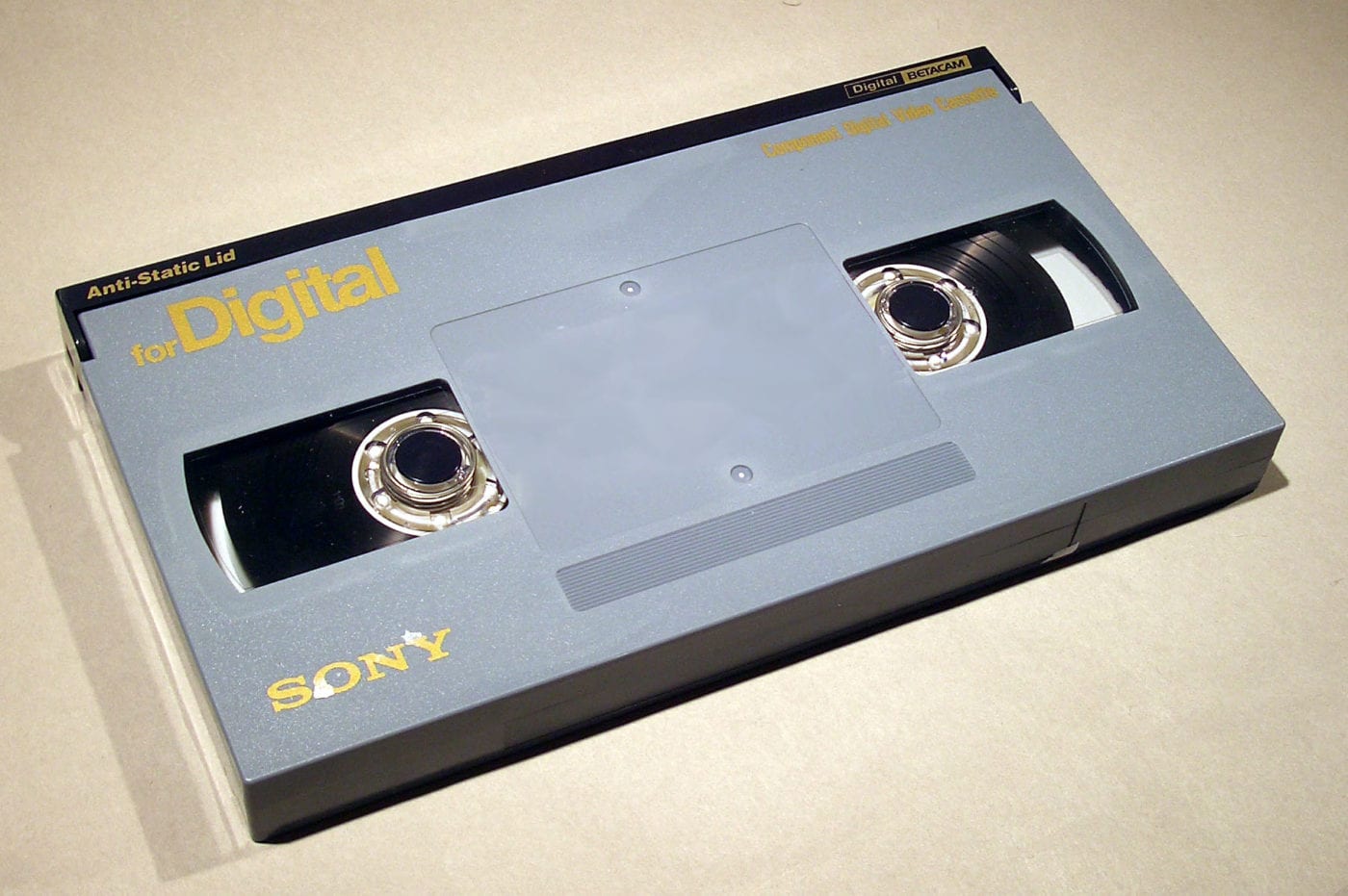
The process of restoring analog film is ironically very digital. Schafer pointed out that Coppola was one of the first directors to embrace digital filmmaking, so he had all the dailies scanned onto Betacam. “We don’t have to go back and scan all the original film to see those dailies. We just put in a beta tape. Then only when we’ve found a scene and take that we like, will we go to the corresponding original film daily and scan.”
It wouldn’t be an authentic filmmaking process if there wasn’t some form of challenge that hindered the production. It’s no different for the process of restoring a film. Mockoski pointed out that sometimes the software solutions they use aren’t up to the challenge of removing all those pesky imperfections. In times like these, they have to send portions of the film out.
But as editor and restoration collaborator on this project, Schafer points out that additional challenges relate to wrangling and working with the media. “When we normally work on these restorations, we have to work in 2K proxies. So A) it would take forever to make the proxies, and B) some things are missed without the full resolution.”
This is where OWC, once again, comes to the rescue. Mockoski continues. “When we first started working on the project, we thought we’d have two years. But Paramount changed the timeline because they wanted to get it out by the end of the year. So we reached to OWC and got a RAID to test. If we had to use our old workflow, there would have been a lot of challenges. Using the Accelsior 4M2 cut our time in half.”
Schafer confirms. “Because our systems are so beefy to do the restoration, the last piece of the puzzle was the drive speed. We had all these 12-core computers but using Thunderbolt, it really couldn’t handle what we were editing.”
The Accelsior 4M2 is an NVMe M.2 SSD RAID in a small PCIe chassis. With up to 6GB/sec in real-world speed, its compact size, and the incredible ease and efficiency of SoftRAID for Windows, the Accelsior was a god(father)-send to a small outfit like American Zoetrope.
“Having an 8TB SSD RAID that is lightning fast and I don’t have to think about is invaluable,” says Schafer. “It saved us a lot of time and grief on this project, for sure. And the future too. We’re not going to stop using this thing any time soon. This is great for our team because we don’t have an IT director. It saved us time by allowing us to manage everything ourselves.”
Mockoski summed it up succinctly. “OWC allowed us to make our deadline. I couldn’t imagine doing this without the Accelsior.”
The spirit of an “American” studio
The honor and sheer cinematic joy to work for a living legend like Francis Ford Coppola is not lost on Mockoski or Schafter. Mockoski commented. “When Francis founded American Zoetrope in the late 60s, it was designed to be for like-minded filmmakers—a renegade, hippie, free-spirited company, outside of the Hollywood system. The spirit of Zoetrope is that they are willing to take chances larger companies or studios might not. Sometimes you fail, but they learn from those mistakes. In this case, this was a reward.”
For Schafer, whose film school experience was entirely digital, he not once ever needed to touch an actual film can in school. He reflects on the profundity of being able to work on a project like this. “In the process of finding new footage to add to the story, we got to go back to film cans that had not been opened since they were processed for dailies back in 1990. I’ve worked with Francis on a number of restorations, and working in an office like this; it’s easy to become jaded. But actually touching a cut on the Godfather Trilogy is really an exciting thing for me.”
It goes without saying that the ability for OWC to participate in this process was equally rewarding.

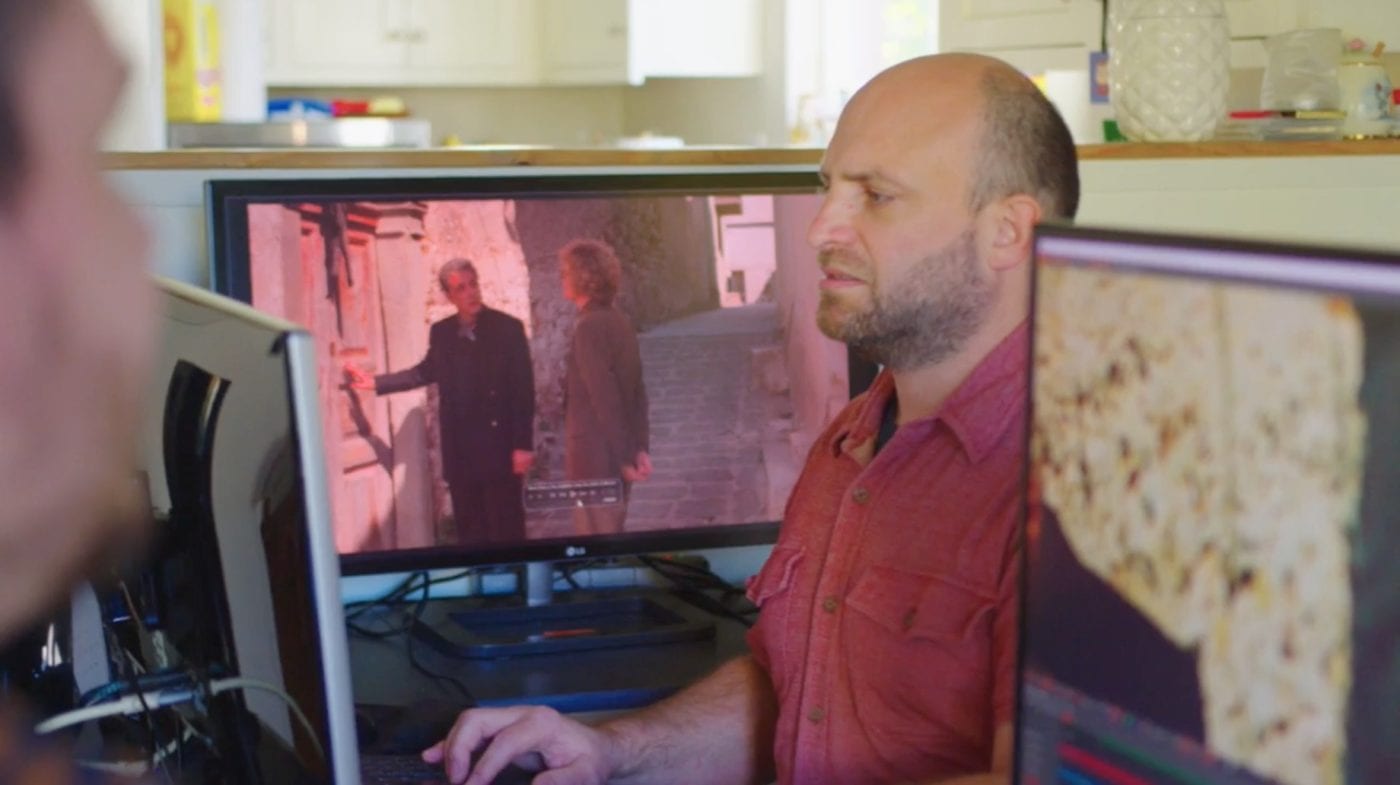

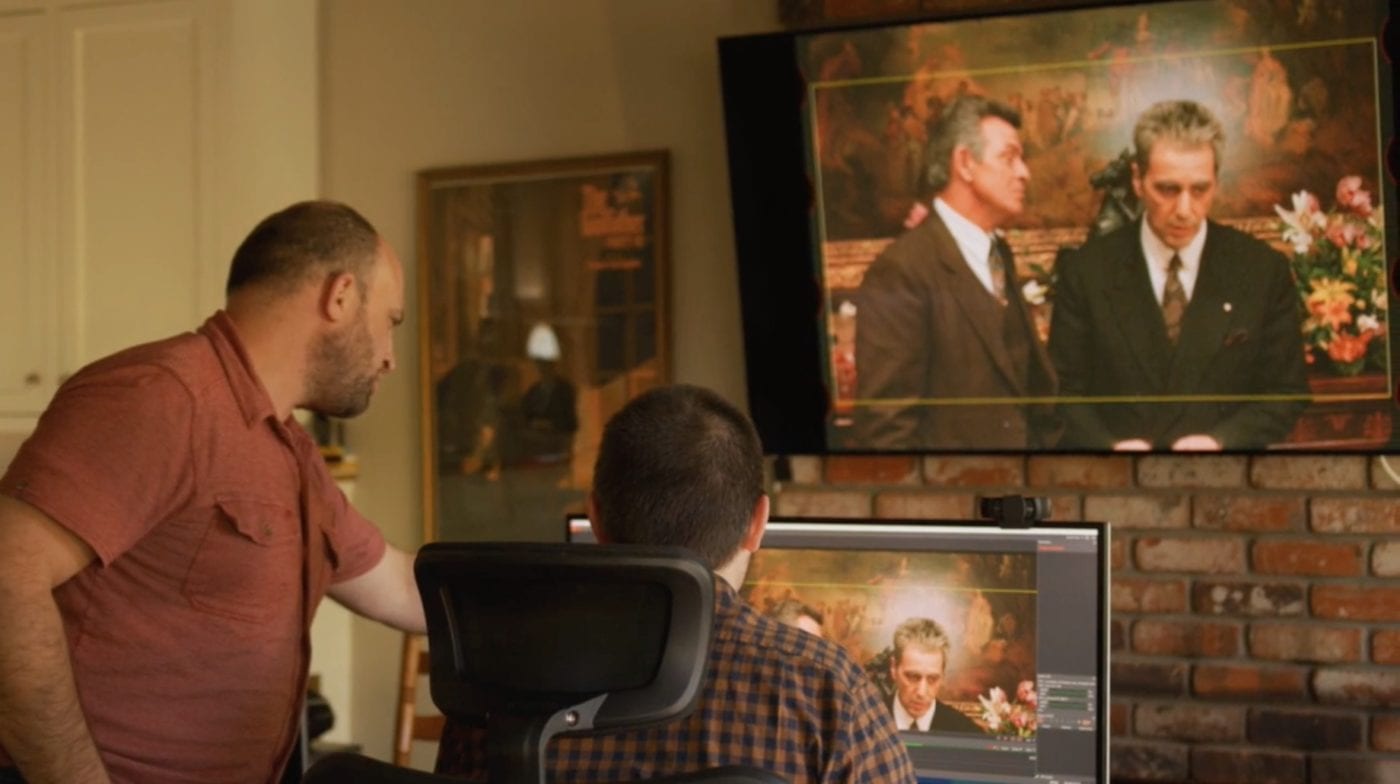
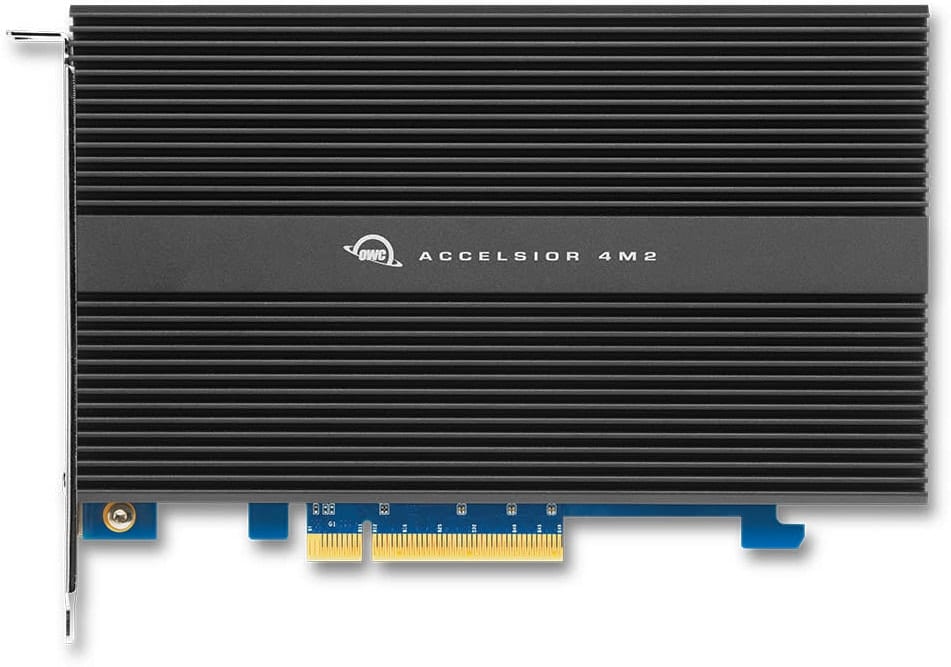
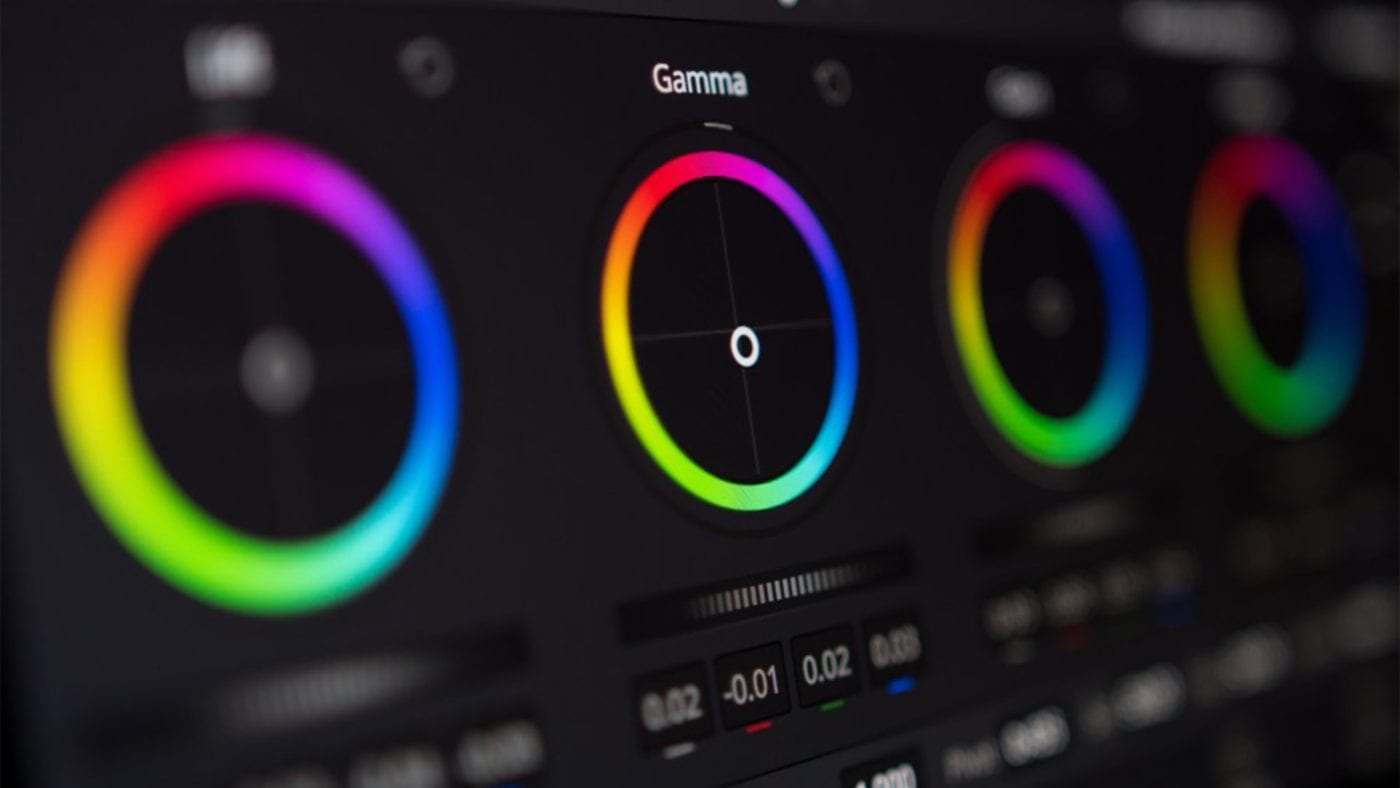


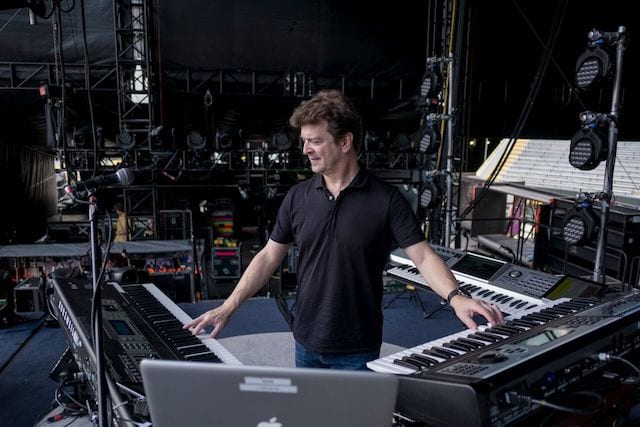






I adore the Godfather Trilogy, but have issues with this new version. The opening shot is obviously recently shot on video and doesn’t match the rest of the film. Puzo’s story continues to be good, but Coppola’s translation to the screen this go-around is not up to par with the work he was doing in the 1970s. There is an atmosphere of mystique and reverence that is missing. Pacino’s hair is distracting. I would love to see all the old dailies scanned into Final Cut Pro so I can have a go at recreating Godfather III myself, and better yet, edit the entire trilogy into one cohesive story presented as one piece and possibly distributed on HBO Max or Netflix as a multi-part saga for a new generation.
Thanks for replying Joey. I can certainly understand your frustration. Whenever a cinematic property we love doesn’t live up to standards, it’s hard to watch. (Don’t get me started on the Star Wars sequel trilogy. Ha!) So, I get it. Film, like any art, is a subjective thing. Just like for some reason only God know, people actually like Rise of Skywalker, I’m sure you have similar feelings bout GFIII. I do love your idea of a creating one cohesive story. That’s interesting.